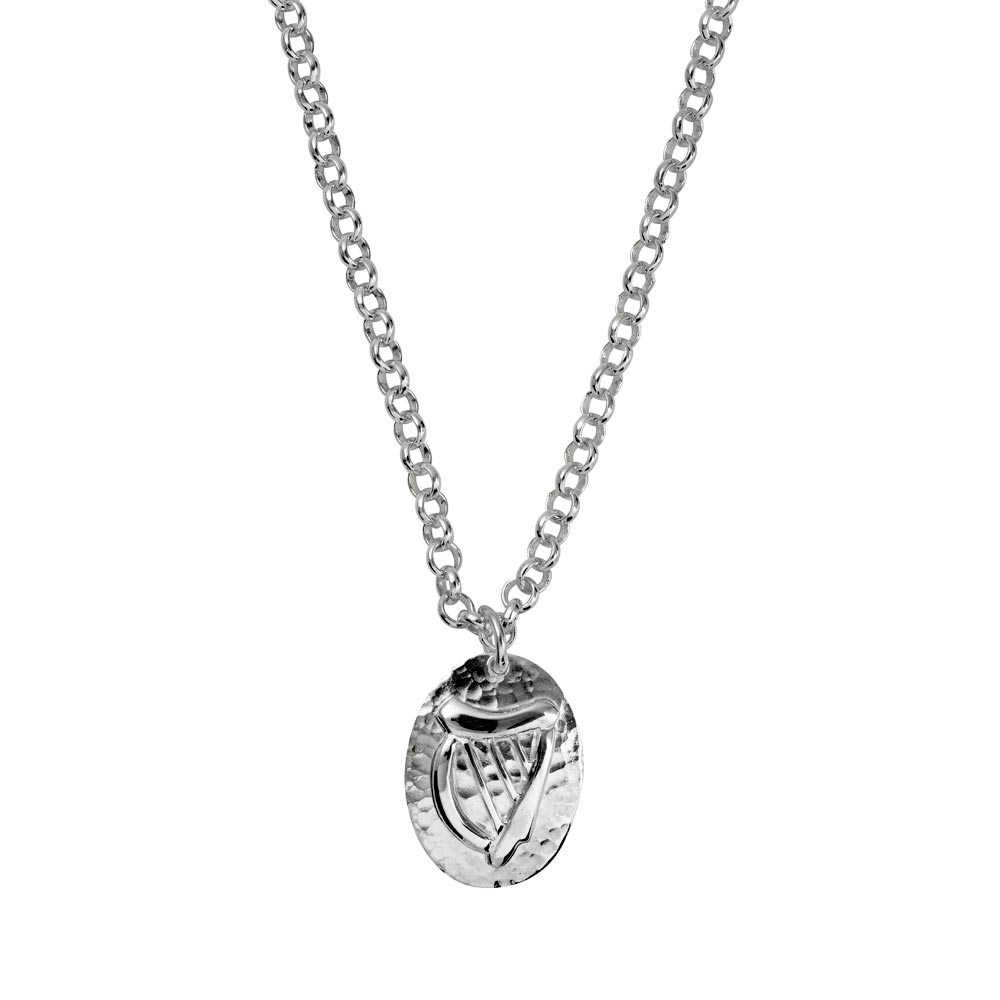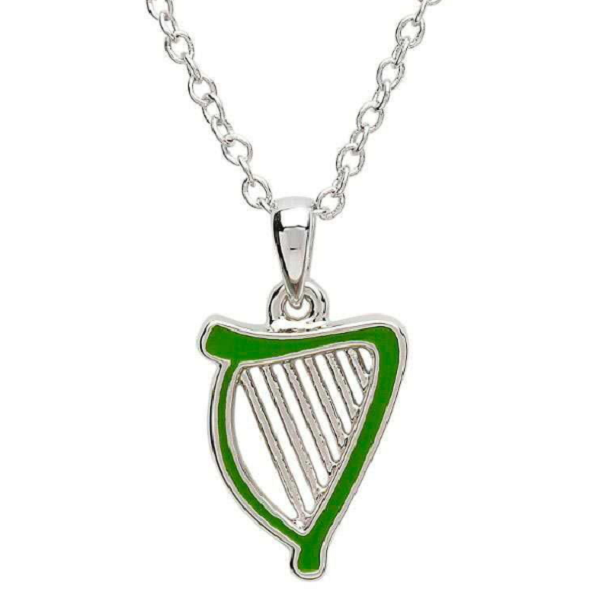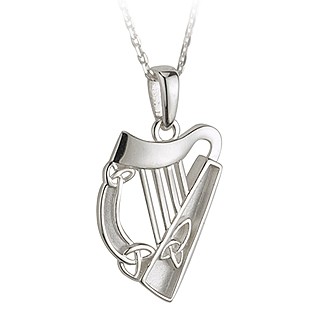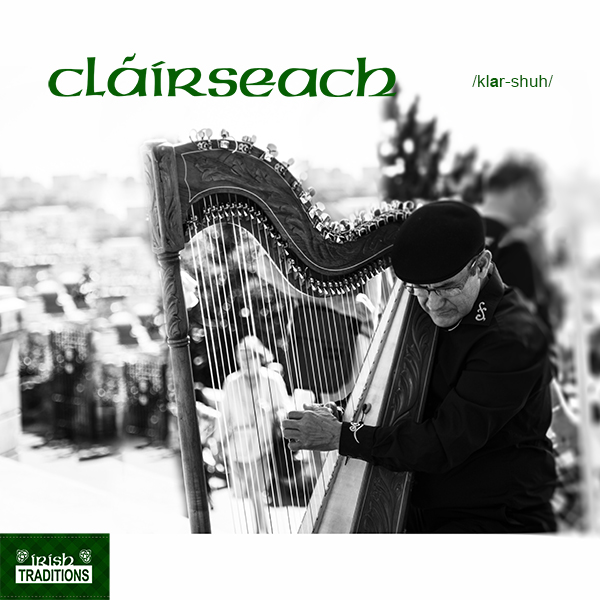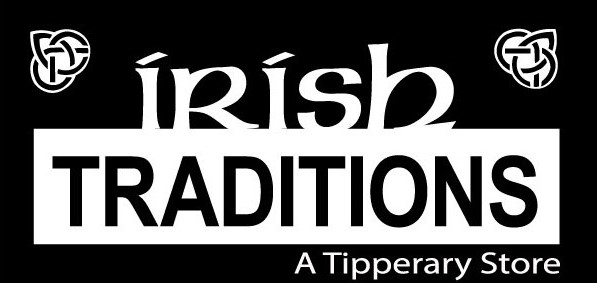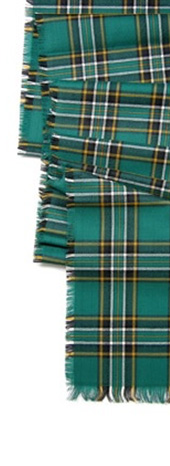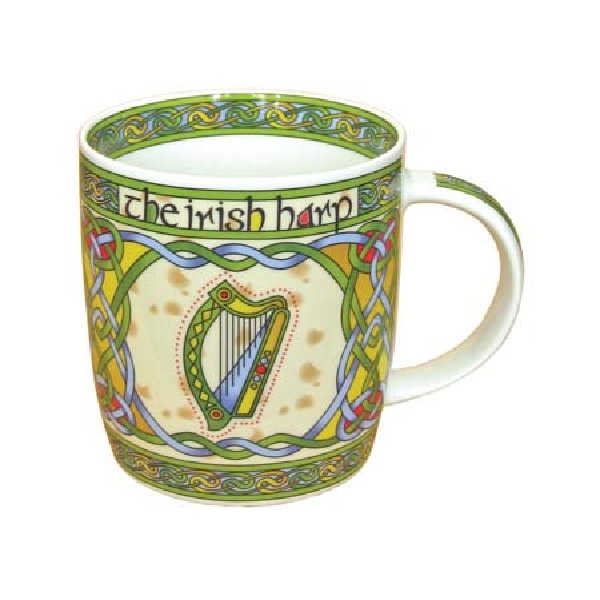Irish Music & Arts
The Story of the Irish Harp
The Irish Harp
The Story of the Irish Harp is integral to Ireland and Irish culture. Based on the ancient lyre, the Irish harp is one of the world’s oldest instruments. The ancient Irish kings employed harpists to entertain them, so harpists held great prestige in society. In the 12th century, the historian Giraldus Cambrensis wrote about the skill of Irish harpists and the haunting “sweet sound” of their instruments.
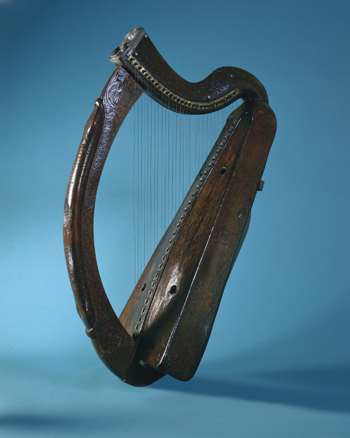
At one sad point in Irish history, conquering invaders made it illegal to possess an Irish harp and set out to burn every Irish harp in a failed attempt to kill the “Irish spirit.” Then, the preservation of ancient Irish harpists’ music became a challenge.
The Irish Harp is the national emblem of Ireland. One of the oldest harps – dating back to the 14th or 15th century – is currently preserved at Trinity College, Dublin. Before the Tricolor was named the national flag in 1919, the first unofficial flag of Ireland featured the Irish Harp. It also currently serves as the flag of the President of Ireland and appears prominently on all of Ireland’s Euro coinage.
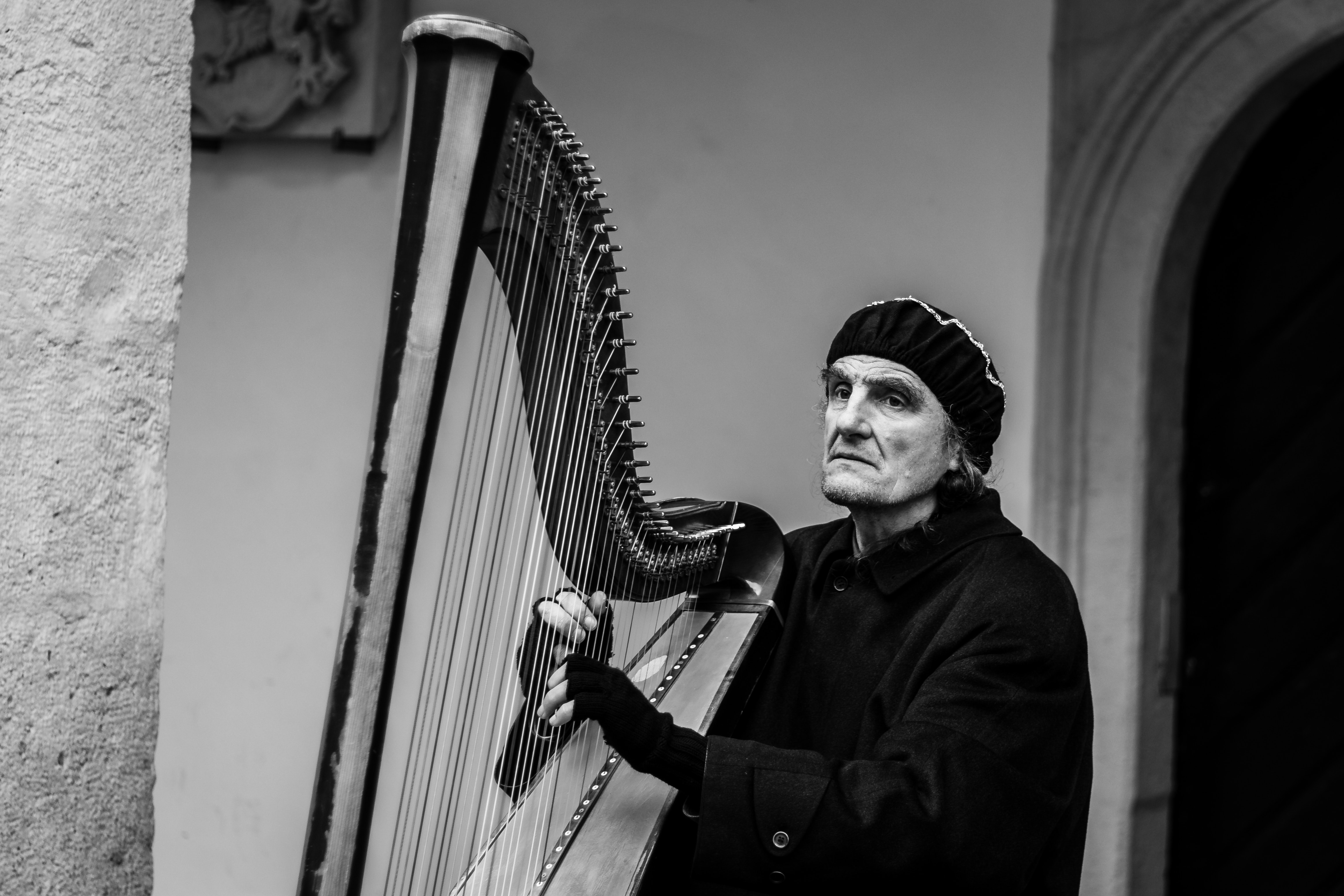
The Harp Festivals
On July 11th, 1792, ten Irish harpists (and one Welsh harpist) performed in a peer-organized competition for prizes at the Belfast Harp Festival. Edward Bunting, a renowned composer of the time, transcribed all of the music played by all the masters in attendance that day, in order to keep Irish harp music alive. He published his transcriptions of the Belfast Harp Festival over the years and these were crucial to preserving this ancient Irish music.
Thankfully, new generations are learning this valuable art form, therefore continuing the story of the Irish Harp.
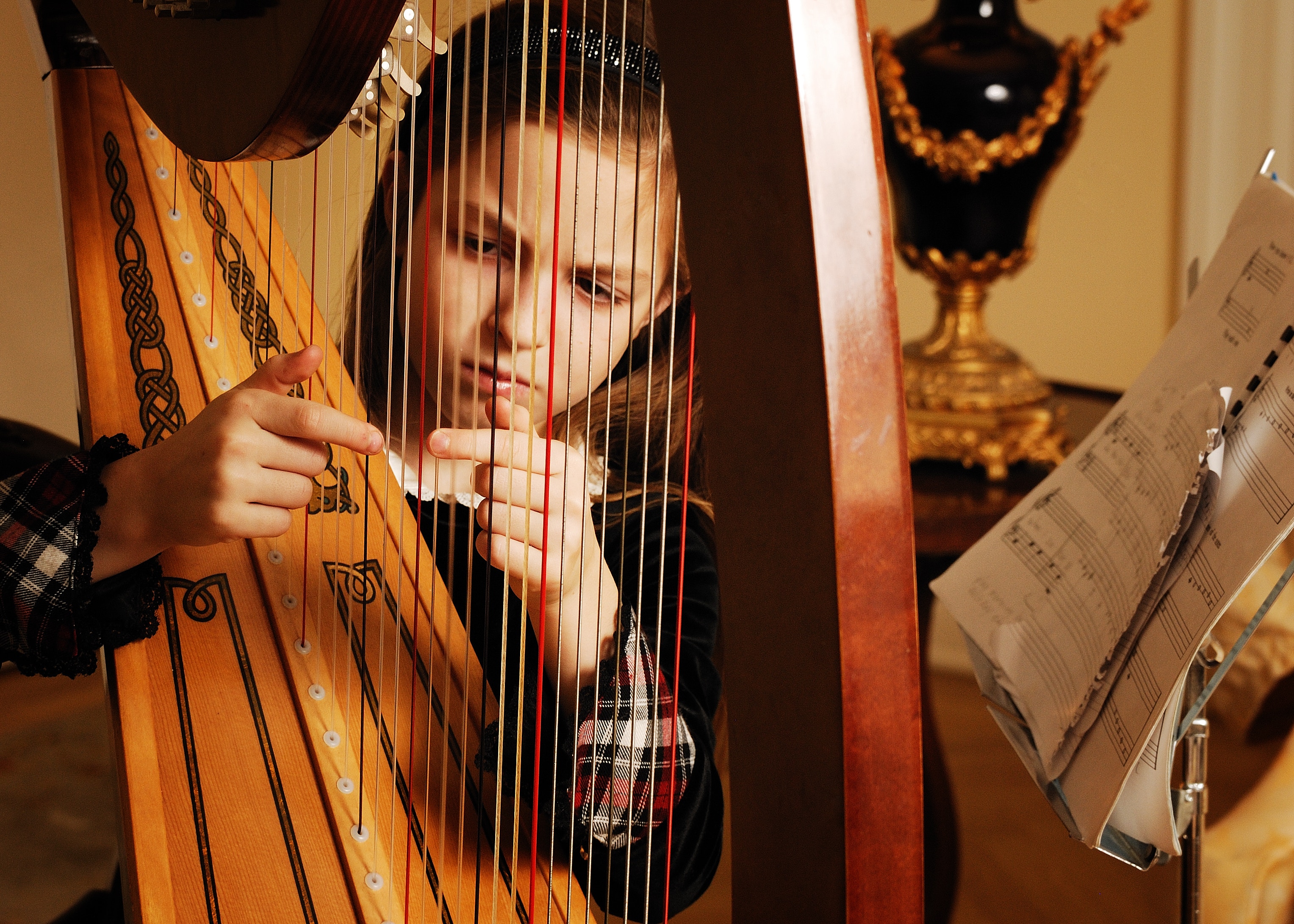
The word in Irish for harp is ‘cláirseach.’
Want to keep the music of the Irish Harp close to your heart? Here are some beautiful Irish Harp necklaces and accessories available for purchase:
